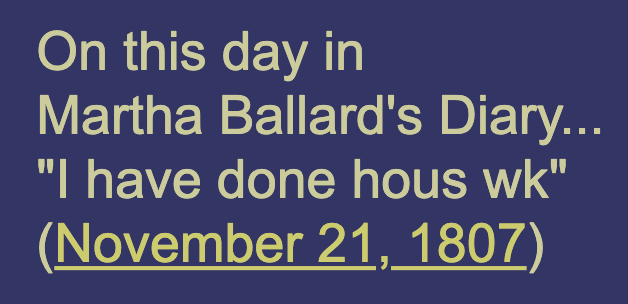I’m not yet finished with the book. I picked it up from the library and started it on Sunday.
General thoughts so far:
Okay … this one is kind of nerdy but I really like the organization: the map … each chapter starting with the location … the date. I sense the passage of time.
I’m less on board about agreeing with the negative depiction of men because I like quite a few: Amos Pollard, his son Moses, Sam Coleman, Ephraim, Cyrus. That said, looking back, the first chapters mainly consist of Martha + men … and overall she shines and they don’t. Throw in meeting Dr. Page and I can understand Caraid’s husband thinking “enough of that.”
Critique: Martha shines as a 21st century woman in actions and thoughts. I’m also bumping heavily into the Not Like Other Girls trope (from AI):
The “Not Like Other Girls” (NLOG) trope in literature often depicts a female protagonist who considers herself different from her peers in ways that are seen as superior or more interesting. This can manifest as a rejection of traditionally feminine interests like makeup, fashion, and boys, in favor of intellectual pursuits, unconventional hobbies, or a focus on more serious issues. The trope can be used to highlight a character’s individuality, but it can also be seen as a way to create a character who is perceived as better or more complex than others.
Criticisms and Considerations:
- Potential for Condescension:
The NLOG trope can be criticized for making the heroine seem superior to other women who enjoy “girly” things or traditional female roles.
Some argue that it can be a form of misogyny, as it perpetuates the idea that a woman’s value is tied to her rejection of femininity.
- Overly Simplified Characters:
The trope can sometimes result in characters who are one-dimensional and lack depth, as their entire identity is defined by their rejection of “other girls”.
Some readers and critics argue that the NLOG trope often caters to a fantasy of being a woman who is independent and “not like the others,” which can sometimes lead to unrealistic expectations.
Positive Aspects:
- Highlighting Individuality:
The trope can be used to celebrate female characters who are unique and stand out from the crowd.
In some cases, it can portray a character who is empowered by her unique traits and choices.
The NLOG trope can challenge traditional gender roles and explore different ways for women to define themselves.
Overall, the NLOG trope is a complex one that can be both empowering and problematic. Its effectiveness depends on how it is used and whether it contributes to a well-developed and nuanced character or falls into stereotypical tropes.
While the trope doesn’t fit Martha like a glove, it does fit (maybe more like a mitten LOL).
More thoughts to follow. (I like the book though I always get a bit twitchy when an actual person’s life is fictionalized to the extent she might not recognize herself.)
